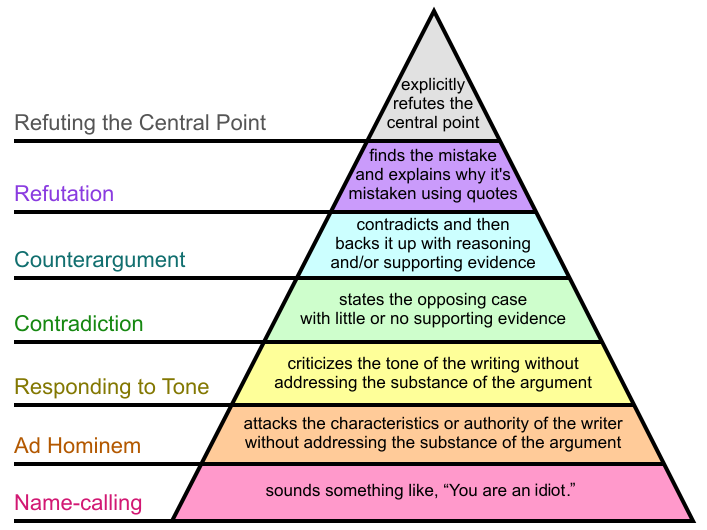Wednesday, March 11, 2020 1:17:04 AM
I am unable to locate any hard data based on the links you provided to determine the conversion amount differed among the various yielding citi preferred stock. Which apparently happened at 85-95% of 'par'.
Here is a link showing the exchange factors for each series. Series F, E, and AA were converted at 95% of Liquidation Value (what I have been referring to as par value), and Series T was converted at 85% of par. The Liquidation Value is listed in the column to the left of that.
The CoB&F post I linked to in my previous post provides the rest of the details (that SEC filing by Citi above was missing from that post). I was only able to find price data on Series AA and Series T on the date before and after the conversion: Series AA traded at 2.3 times the common the day before the conversion offer, and the offer was 7.30769 commons per Series AA share (over a 3x premium), while the numbers for Series T were 2.14 times the common (normalized to $25 par value) and an exchange ratio of 6.53845, again over a 3x premium.
The prices are split-adjusted but it appears it only took 11 days for the market to price the commons at or above their announced conversion terms.
Yes. That means the converted prefs made out quite well indeed, i.e. greater than par. That's why I think FnF prefs have a ceiling well above par.
I don't understand what this means.
Citi's conversion ratio was over 3 times that seen in the market the day before the conversion offer. If a similar conversion offer were to happen for FNMAS tomorrow, using the same calculations and premium to market, each FNMAS share would be exchanged for a little over 12 FNMA shares (a premium of a little over 3x from the 4:1 market price ratio as of today's close).
This fits with my idea that a conversion offer will have to be very generous to get junior pref holders to accept.
While I am just starting research into this, it appears that from the top of page 1 (page 4 of the pdf) of this Citi warrant document, Treasury had the right to purchase a fixed number of shares of Citi commons. Treasury sold these warrants in January of 2011, meaning that Treasury actually allowed its warrant stake to be diluted by the conversion (because Treasury's fixed number of shares was a smaller percentage of the total afterward). This precedent means that Treasury might be willing to allow a FnF junior-to-common conversion to dilute its warrants, even though Treasury's FnF warrants are "magic" (not for a fixed number of shares).
Why would you not consider the yield on fnmas in the 12 to 1 calculation because apparently you are basing it on the liquidation value of fnmas. Your argument is that higher yields would convert at different rates.
Both of these arguments of mine are backed by the Citi conversion, which was done at near-par and at a different ratio for the lower-dividend Series T.
(from another post)
The link you provided entitled "Know Your Shareholder Rights" has nothing to do with the value of a common stock and does not have a mathematical formula for determining the 2 variables you set forth that the share's value only based on two variables liquidation and dividend preference.
The list certainly does have to do with the value of a common share; what that is not on that list could be considered a source of value? I also never claimed a mathematical formula, just a positive correlation between common share price and each of liquidation and dividend preference.
I entertained that question with the response regarding the likelihood of gses ever actually being liquidated given their government sponsored entities. In this context I disagree.
My question has nothing to do with the probability of there ever being a liquidation. Therefore I ask again: do you agree or disagree with the statement "common shares have more value if, with all else being equal, there is less liquidation and dividend preference in front of them"?
In your case of Citi, were the preferred stock holders challenging any part in court while being converted?
I don't know, but I also don't see how it matters. I can see an argument for the existing FnF cases affecting the practicality or likelihood of a conversion, but not them affecting its legality.
FEATURED POET Wins "Best Optical AI Solution" in 2024 AI Breakthrough Awards Program • Jun 26, 2024 10:09 AM
HealthLynked Promotes Bill Crupi to Chief Operating Officer • HLYK • Jun 26, 2024 8:00 AM
Bantec's Howco Short Term Department of Defense Contract Wins Will Exceed $1,100,000 for the current Quarter • BANT • Jun 25, 2024 10:00 AM
ECGI Holdings Targets $9.7 Billion Equestrian Apparel Market with Allon Brand Launch • ECGI • Jun 25, 2024 8:36 AM
Avant Technologies Addresses Progress on AI Supercomputer-Driven Data Centers • AVAI • Jun 25, 2024 8:00 AM
Green Leaf Innovations, Inc. Expands International Presence with New Partnership in Dubai • GRLF • Jun 24, 2024 8:30 AM










